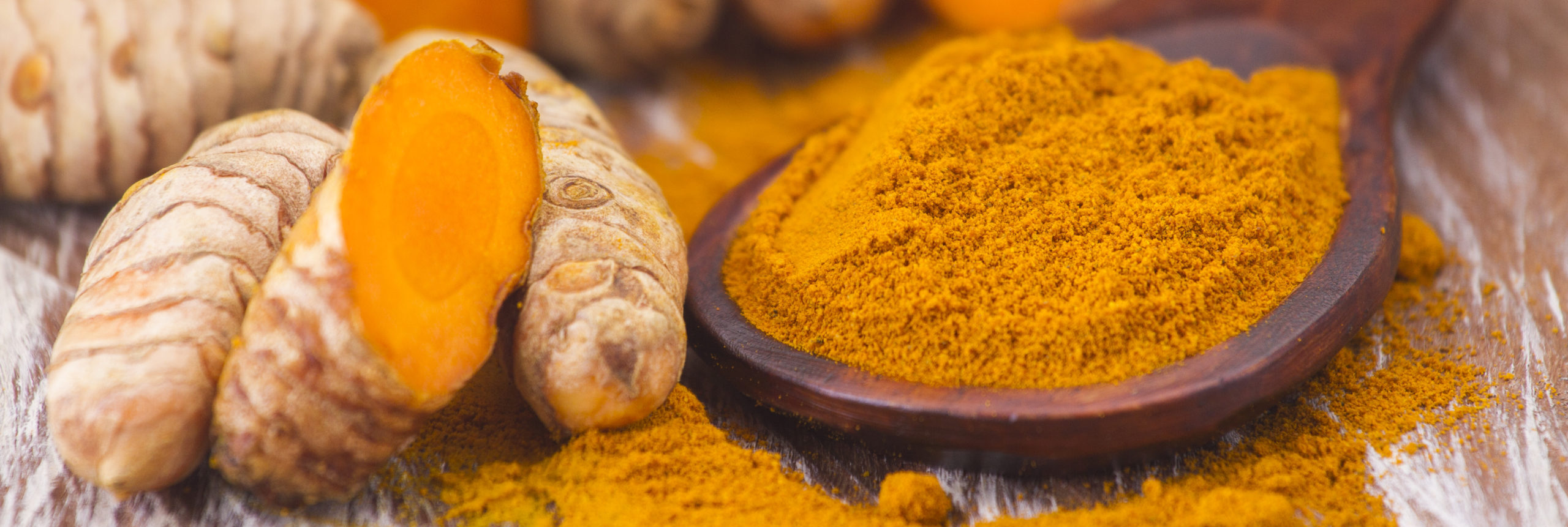 Turmeric’s taste isn’t as recognizable as cinnamon’s, but there’s no mistaking how it looks. The Latin name for turmeric (Curcuma longa) comes from the Sanskrit word for “yellow.” A culinary jack-of-all-trades whose use dates back thousands of years, this woodsy, slightly bitter spice has played an important role not only as a colorant and flavor enhancer for food, but also as a cosmetic, perfume, textile dye, and remedy for everything from digestive problems to psoriasis. In recent years, science has verified many of its traditional applications, with studies showing that this relative of ginger may help heal or prevent a laundry list of diseases.
Turmeric’s taste isn’t as recognizable as cinnamon’s, but there’s no mistaking how it looks. The Latin name for turmeric (Curcuma longa) comes from the Sanskrit word for “yellow.” A culinary jack-of-all-trades whose use dates back thousands of years, this woodsy, slightly bitter spice has played an important role not only as a colorant and flavor enhancer for food, but also as a cosmetic, perfume, textile dye, and remedy for everything from digestive problems to psoriasis. In recent years, science has verified many of its traditional applications, with studies showing that this relative of ginger may help heal or prevent a laundry list of diseases.
Curry Chicken with Cilantro Lime Sauce
Mulligatawny with Chickpeas
Turmeric contains respectable doses of manganese, iron, and even fiber, but its high concentration of a bright yellow pigment called curcumin offers the most health promise. Curcumin, an antioxidant, fights inflammation, a major factor in a wide range of serious ailments, including heart disease, arthritis, and cancer. It protects against the hardening of the arteries by reducing the buildup of cholesterol in cells, combats cancer by suppressing the growth of tumors, and disables certain harmful enzymes that cause inflammation. This inflammation-blocking action resembles that of a class of drugs called COX-2 inhibitors, which are used to relieve the pain and swelling of arthritis.
Curcumin’s ability to quiet inflammation may also aid in the prevention and treatment of Alzheimer’s disease. In India, where cooks use turmeric regularly (most notably as the main ingredient in curry powder), rates of Alzheimer’s rank lowest in the world: from 1 to 3 percent. Among elderly Americans, the rate remains about four times that. Researchers believe that curcumin helps prevent the buildup of harmful plaque in the brain, a hallmark of the disease.
Although you may occasionally find fresh turmeric in the produce aisle (looking like a darker-fleshed ginger), you’ll most often see the dried variety. Its color ranges from yellow to orange. Like all spices, turmeric loses its punch over time; be sure to replace it every 6 to 12 months.
Turmeric pairs well with legumes and vegetables, such as lentils and cauliflower, and meats like chicken and lamb. Saute the spice in a little oil before adding to other ingredients; this technique, called blooming, brings out turmeric’s flavor. Be careful while cooking, though. Turmeric leaves its mark on skin, clothing, countertops, and even utensils. The color doesn’t dissolve well in water, but you can use a little hydrogen peroxide to lift the stain before washing it out. Sunlight also significantly fades turmeric stains.
In India, where turmeric’s ability to heal wounds is well-established, you could once buy Band-Aids saturated with the spice. To try this remedy for minor cuts and skin irritations, make a paste of turmeric and water, apply it to the area for up to an hour, and then rinse.
© 2024 WholeLiving.com - ECG Pte Ltd All rights reserved.